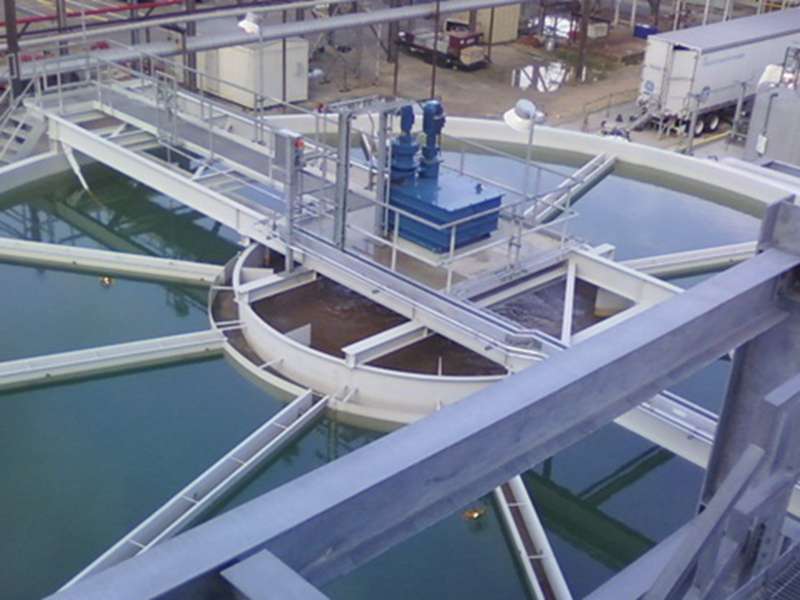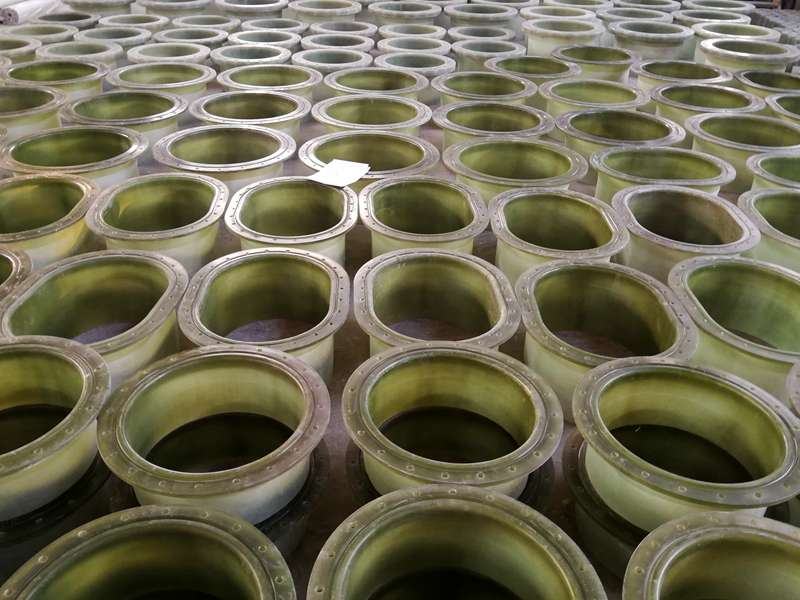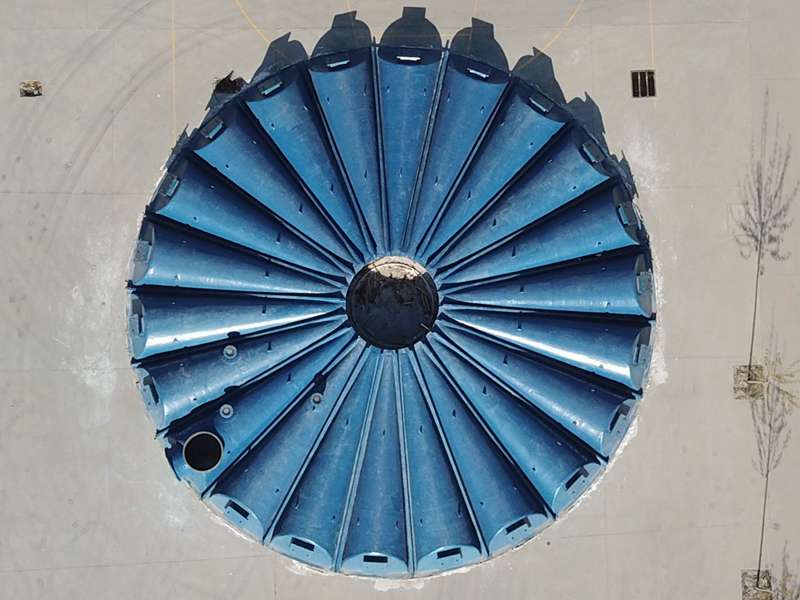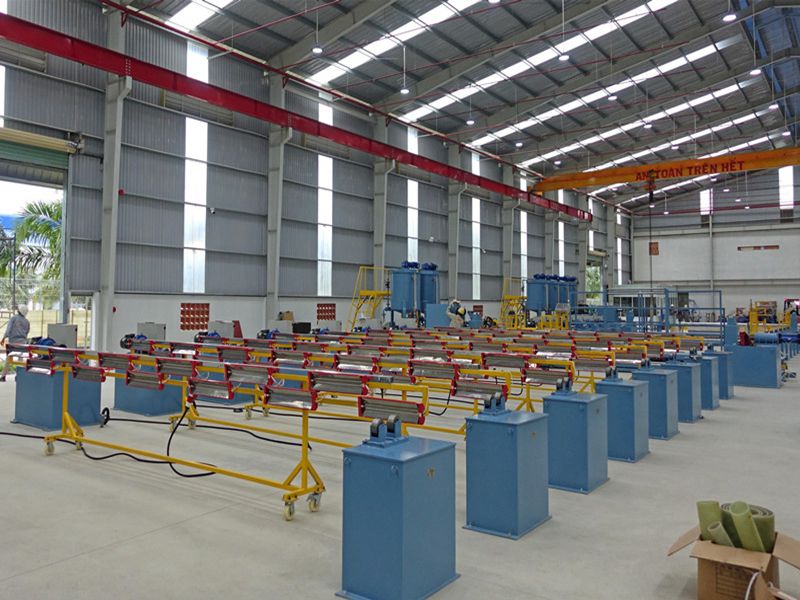
-
 Afrikaans
Afrikaans -
 Albanian
Albanian -
 Amharic
Amharic -
 Arabic
Arabic -
 Armenian
Armenian -
 Azerbaijani
Azerbaijani -
 Basque
Basque -
 Belarusian
Belarusian -
 Bengali
Bengali -
 Bosnian
Bosnian -
 Bulgarian
Bulgarian -
 Catalan
Catalan -
 Cebuano
Cebuano -
 China
China -
 China (Taiwan)
China (Taiwan) -
 Corsican
Corsican -
 Croatian
Croatian -
 Czech
Czech -
 Danish
Danish -
 Dutch
Dutch -
 English
English -
 Esperanto
Esperanto -
 Estonian
Estonian -
 Finnish
Finnish -
 French
French -
 Frisian
Frisian -
 Galician
Galician -
 Georgian
Georgian -
 German
German -
 Greek
Greek -
 Gujarati
Gujarati -
 Haitian Creole
Haitian Creole -
 hausa
hausa -
 hawaiian
hawaiian -
 Hebrew
Hebrew -
 Hindi
Hindi -
 Miao
Miao -
 Hungarian
Hungarian -
 Icelandic
Icelandic -
 igbo
igbo -
 Indonesian
Indonesian -
 irish
irish -
 Italian
Italian -
 Japanese
Japanese -
 Javanese
Javanese -
 Kannada
Kannada -
 kazakh
kazakh -
 Khmer
Khmer -
 Rwandese
Rwandese -
 Korean
Korean -
 Kurdish
Kurdish -
 Kyrgyz
Kyrgyz -
 Lao
Lao -
 Latin
Latin -
 Latvian
Latvian -
 Lithuanian
Lithuanian -
 Luxembourgish
Luxembourgish -
 Macedonian
Macedonian -
 Malgashi
Malgashi -
 Malay
Malay -
 Malayalam
Malayalam -
 Maltese
Maltese -
 Maori
Maori -
 Marathi
Marathi -
 Mongolian
Mongolian -
 Myanmar
Myanmar -
 Nepali
Nepali -
 Norwegian
Norwegian -
 Norwegian
Norwegian -
 Occitan
Occitan -
 Pashto
Pashto -
 Persian
Persian -
 Polish
Polish -
 Portuguese
Portuguese -
 Punjabi
Punjabi -
 Romanian
Romanian -
 Russian
Russian -
 Samoan
Samoan -
 Scottish Gaelic
Scottish Gaelic -
 Serbian
Serbian -
 Sesotho
Sesotho -
 Shona
Shona -
 Sindhi
Sindhi -
 Sinhala
Sinhala -
 Slovak
Slovak -
 Slovenian
Slovenian -
 Somali
Somali -
 Spanish
Spanish -
 Sundanese
Sundanese -
 Swahili
Swahili -
 Swedish
Swedish -
 Tagalog
Tagalog -
 Tajik
Tajik -
 Tamil
Tamil -
 Tatar
Tatar -
 Telugu
Telugu -
 Thai
Thai -
 Turkish
Turkish -
 Turkmen
Turkmen -
 Ukrainian
Ukrainian -
 Urdu
Urdu -
 Uighur
Uighur -
 Uzbek
Uzbek -
 Vietnamese
Vietnamese -
 Welsh
Welsh -
 Bantu
Bantu -
 Yiddish
Yiddish -
 Yoruba
Yoruba -
 Zulu
Zulu
frp pipes and fittings
Understanding FRP Pipes and Fittings A Comprehensive Overview
Fiberglass Reinforced Plastic (FRP) pipes and fittings have emerged as an innovative solution in various industries due to their superior properties and versatility. This composite material combines the durability of plastic with the strength of fiberglass, making FRP a popular choice for a wide range of applications including chemical processing, water treatment, oil and gas, and many others.
The Composition and Properties of FRP
FRP is made by embedding fiberglass in a thermosetting resin. This configuration results in a robust material that can withstand extreme environmental conditions. One of the most significant advantages of FRP is its lightweight nature compared to traditional materials such as metal or concrete. This characteristic not only simplifies installation processes but also reduces transportation costs.
Moreover, FRP pipes exhibit excellent resistance to corrosion, making them ideal for transporting aggressive chemicals and fluids. Unlike metal pipes, which can rust and degrade over time, FRP maintains its integrity even in corrosive environments. This durability translates to a longer service life, which can save companies considerable money on repairs and replacements.
Applications of FRP Pipes and Fittings
The applications of FRP pipes and fittings are extensive. In the chemical industry, they are used for transporting acids, alkalis, and other corrosive substances due to their high chemical resistance. For the water and wastewater sectors, FRP pipes are an ideal choice for their ability to withstand the harsh conditions often found in treatment facilities. Additionally, they have found a place in the oil and gas industry, where they are utilized for transporting hydrocarbons and for offshore applications.
frp pipes and fittings
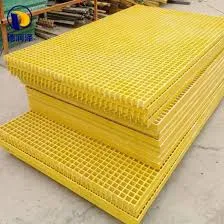
Another significant application is in the construction and municipal sectors, where FRP becomes a viable alternative for drainage systems and for managing stormwater. Their lightweight nature allows for quick installation and modification, which is a substantial benefit in dynamic construction environments.
Advantages Over Traditional Materials
One of the primary advantages of FRP over traditional materials such as steel or PVC is its resistance to environmental factors. FRP does not suffer from issues such as oxidation, which can lead to failures in metal piping systems. Furthermore, the non-conductive properties of FRP prevent the risk of galvanic corrosion, an issue often seen when different metals come into contact.
Additionally, the smooth inner surface of FRP piping reduces friction losses, which can lead to increased efficiency in fluid transport. This property is particularly beneficial in maintaining flow rates in both water and industrial applications. The flexibility of FRP pipes also allows for easier installation in challenging terrains, where bends and turns may be necessary.
Conclusion
In conclusion, FRP pipes and fittings represent a forward-thinking approach to piping solutions in various industries. Their lightweight, corrosion-resistant properties, combined with the ability to withstand harsh environmental conditions, make them an attractive alternative to traditional materials. As industries continue to seek efficient and long-lasting solutions, the adoption of FRP technology is likely to grow, paving the way for advancements in performance and sustainability. Whether in chemical processing, water treatment, or construction, FRP pipes and fittings offer a reliable and innovative option that meets the demands of modern applications.
Latest news
-
Exploring the Benefits of Top Hammer Drifter Rods for Enhanced Drilling PerformanceNewsJun.10,2025
-
High-Precision Fiberglass Winding Machine for GRP/FRP Pipe Production – Reliable & Efficient SolutionsNewsJun.10,2025
-
FRP Pipes & Fittings for Shipbuilding - Corrosion-Resistant & LightweightNewsJun.09,2025
-
Premium FRP Flooring Solutions Durable & Slip-ResistantNewsJun.09,2025
-
Premium Fiberglass Rectangular Tanks Durable & Lightweight SolutionNewsJun.09,2025
-
Tapered Drill String Design Guide Durable Performance & UsesNewsJun.09,2025



